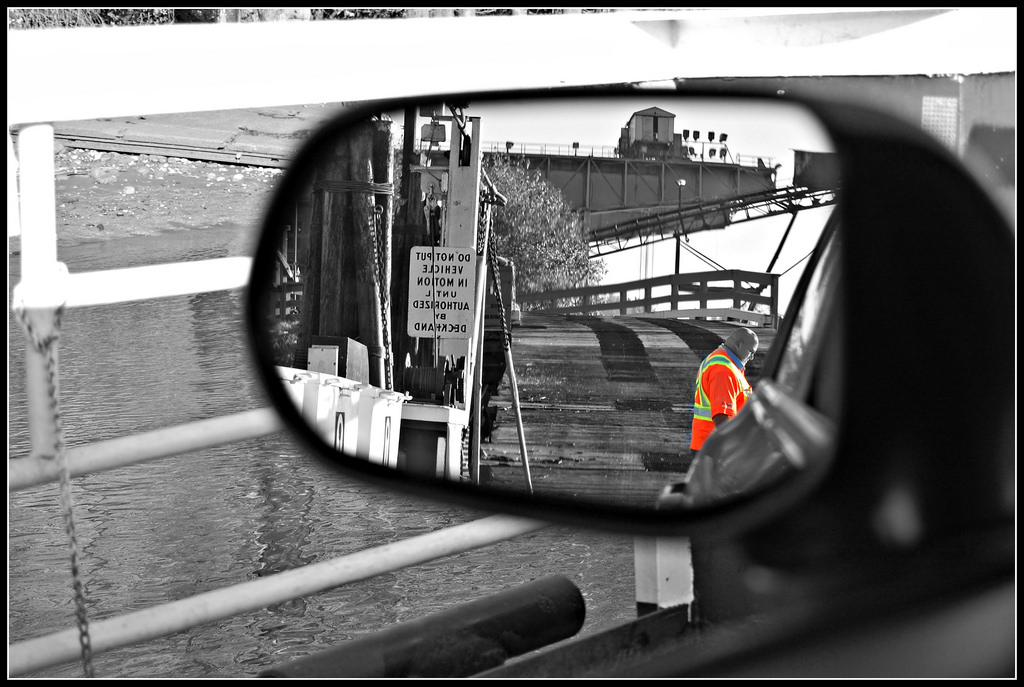Like this article? rabble is reader-supported journalism. Chip in to keep stories like these coming.
Employers have been happy to cover the costs of injury through workers’ compensation, which prevented workers from suing their employers, since the First World War. But it was only during the 1970s that governments began requiring employers to actually prevent injuries.
More than 40 years have passed since workers won the right to know about workplace hazards, the right to participate in hazard abatement, and the right to refuse unsafe work. So what are we to make of the nearly 240,000 lost-time claims and almost 1,000 workplace fatalities accepted by Canadian workers’ compensation boards in 2014?
The most obvious conclusion is that Canadian workplaces — while doubtlessly safer than in the 1970s — remain very dangerous for workers. About three workers a day die from work-related injuries, such as falls, motor vehicle incidents, and occupational diseases. Thousands more are injured to various degrees. Only the most serious injuries — those where the worker couldn’t go to work the next day — are recorded in official statistics. The true number of workplace injuries in Canada each year numbers in the millions.
This, in turn, tells us that the injury-prevention efforts of governments and employers are an abject failure. No one can reasonably argue that 1,000 fatalities and 240,000 serious injuries per year are indicative of injury prevention systems that work well.
The crux of the problem is that employers know that they have little chance of ever being inspected. And, if they are caught breaking the law, they even less chance of being meaningfully penalized for the violations. The most likely outcome of an inspection is simply an order to remediate the hazard.
Employers also know that working safer tends to cost more than working less safely. So, if you’re an employer trying to make a profit, it is easy to push safety issues to the back burner. Most of the time, the resulting injuries are minor and the costs are borne by the worker and the health care system.
Sure, every once and while a sawmill explodes from dust build-up — a well known and entirely preventable hazard. Or a group of immigrant workers plunges to their deaths from a skyscraper while the foreman tries to cover up the company’s negligence. But even in these instances, the chances of a hefty fine or jail time are, at best, low.
Workers — being generally smart people — know that governments are long on talk about making workplaces safer but short on action. Sure, workers have the rights to know, participate and refuse, but few workers exercise these rights for fear of retribution.
For example, two workers in B.C. who refused clearly unsafe work, both got the sack. Their employer says it was for lack of work. But the workers point out that their work disappeared only after they blew the whistle on major safety infractions.
The result of weak-kneed government enforcement and employers trading worker safety for profits is that hazards go unremediated until the day a worker is maimed or killed.
You’d think this situation would be national issue. But we rarely hear about workplace injuries. When we do, the media typically frames them as unusual events that happen to others (typically blue-collar men) that the government is investigating. The message here is clear: don’t worry about workplace injury.
But we should.
In Alberta, the true rate of injury is so high that (if injuries were spread evenly across the population), one worker in four would be injured each year. For some workers, it would be a minor burn or laceration or muscle strain. For others, it would be a broken bone, a debilitating illness, or, for 150-200 workers per year, the loss of their life.
Labour Day is often a time of celebration. But it should also be a time of aspiration. A radical reduction in workplace injury is achievable. But it requires political pressure on governments to meaningfully enforce workplace safety laws. In Alberta, there are about 120 health and safety inspectors and 150,000 businesses. This once-a-generation inspection cycle is simply not going to get the job done.
Alberta also prosecutes fewer employers now that they did 20 years ago, even though fatality numbers have doubled. Letting killers — and that is what negligent employers that kill workers are — walk is not going to ensure safe workplaces for Canadians.
Publicly posting workplace inspection reporters — just like we do restaurant kitchen inspections reports — would be a good start; because it would name and shame employers who operate unsafely. Prosecuting employers for firing workers who blow the whistle would likewise send a message that unsafe workplaces are unacceptable.
The challenge for working people — many of whom are employed ever more precariously each year — is generating this pressure. Despite its best efforts, the labour movement has not been successful in doing so. Perhaps a return to the direct action that gave rise to workers’ safety rights during the 1960s and 70s is a more effective way to focus the minds of politicians on protecting workers.
Bob Barnetson is a professor of labour relations at Athabasca University. He is the author of The Political Economy of Workplace Injury in Canada (2010) and co-author of Health and Safety in Canadian Workplaces (2016). He blogs at www.bobbarnetson.ca.
Like this article? rabble is reader-supported journalism. Chip in to keep stories like these coming.
Image: Flickr/Mark Faviell



